- Home
- Integrations
Integrations

Atarim Watch New Priority Integration
$0.00
The API endpoint "Atarim Watch New Priority Integration" sounds like a webhook or an API provided by Atarim, a platform that might be used for project management, task assignment, and tracking work progress. The specific endpoint likely provides a way to integrate with Atarim to monitor changes in priority for tasks or tickets in real-time. Belo...

Atarim Make an API Call Integration
$0.00
Atarim API Call Integration Explanation Understanding Atarim API Call Integration Atarim, a platform designed for website collaboration, offers various API endpoints to integrate external applications and automate workflows. One of these endpoints is the "Make an API Call" integration. The "Make an API Call" API endpoint allows developers...

Atarim Create Time Entry Integration
$0.00
Uses of Atarim Create Time Entry Integration API Understanding the Atarim Create Time Entry Integration API The Atarim Create Time Entry Integration API is a powerful tool designed to help with time-tracking and project management. This API enables users to create a new time entry record within the Atarim system progra...

Atarim Create New Task Tag Integration
$0.00
The Atarim Create New Task Tag Integration API endpoint is a feature provided by Atarim, a platform that enables team collaboration and project management, particularly for web designers, developers, and agencies. This API endpoint allows users to automate the creation of new task tags within the Atarim platform, facilitating better organization...

Atarim Create New Task Note Integration
$0.00
The Atarim Create New Task Note Integration is an API endpoint designed to interact with Atarim's project management tools, specifically for the creation of notes within tasks. This functionality is a part of Atarim's platform, which aims to streamline communication and collaboration for website development projects and digital agencies. By u...

Atarim Create New Task Comment Integration
$0.00
The Atarim Create New Task Comment Integration API endpoint is a powerful tool that enables users to programmatically add comments to tasks within the Atarim platform. Atarim is a project management and collaboration tool designed for teams, especially those in web development and digital agencies, to manage tasks, projects, and client interacti...

Atarim Create New Task Integration
$0.00
```html Understanding Atarim Create New Task Integration Atarim Create New Task Integration: Capabilities and Solutions Atarim's Create New Task Integration is a powerful API endpoint designed for developers and project managers to automate the process of task creation within the Atarim platform. By utilizing this API,...

Atarim Change Task Urgency Integration
$0.00
Understanding the Atarim Change Task Urgency Integration API Endpoint The Atarim Change Task Urgency Integration API endpoint is a specific point of interaction in the Atarim software that allows external applications or services to update the priority level or urgency of tasks within the Atarim platform. Through this API endpoint, developers ca...

Atarim Change Task Status Integration
$0.00
API (Application Programming Interface) endpoints serve as touchpoints for accessing functionalities of a software application. The "Atarim Change Task Status Integration" API endpoint, while not a real endpoint from a known product as of my knowledge cutoff in 2023, appears designed to integrate task status updates within Atarim—a hypothetical ...

Atarim Assign User To Task Integration
$0.00
Certainly! Below is a 500-word explanation of the Atarim Assign User To Task Integration API endpoint, formatted in HTML: ```html Understanding Atarim Assign User To Task Integration Atarim Assign User To Task Integration: Enhancing Project Management The Atarim Assign User To Task Integration API endpoint is ...

Atarim Watch New Website Integration
$0.00
Atarim Watch New Website Integration API End Point Introduction to Atarim Watch New Website Integration API End Point Atarim is a popular tool used by web professionals to manage website projects efficiently. The Atarim Watch New Website Integration API endpoint is a programmable interface that allows deve...

Aspose Make an API Call Integration
$0.00
Aspose is a company that provides a collection of APIs for working with file formats in a variety of programming languages. One of their APIs is the Aspose.Cells API, which is designed to work with spreadsheets. The "Make an API Call" integration refers to the capability of sending HTTP requests to this service to perform various operations on s...

Aspose Split a File Integration
$0.00
```html Aspose Split a File Integration Exploring Aspose Split a File Integration Capabilities The Aspose Split a File Integration API endpoint is a powerful tool that facilitates the splitting of large files into smaller, more manageable parts. This capability can be particularly useful in various situations, such...

Aspose Save a File as Integration
$0.00
The Aspose Save a File as Integration API endpoint is a powerful tool provided by Aspose, a company that specializes in file format automation APIs. This particular endpoint allows users to convert documents into different file formats seamlessly. The versatility of this API can solve numerous problems associated with file conversion and managem...

Aspose Convert / Upload a File Integration
$0.00
The Aspose Convert / Upload a File Integration API end-point allows users to upload their files for conversion into different formats using the Aspose document conversion system. This particular API is a component of a larger suite of tools provided by Aspose that enable file format conversion, document generation, and other processing tasks for...

Aspose Convert a File Integration
$0.00
Understanding the Aspose Convert a File API Integration Understanding the Aspose Convert a File API Integration The Aspose Convert a File API Integration is a powerful tool that facilitates the conversion of files between different formats. This API leverages Aspose's robust document processing technology to provide developers and users with ...
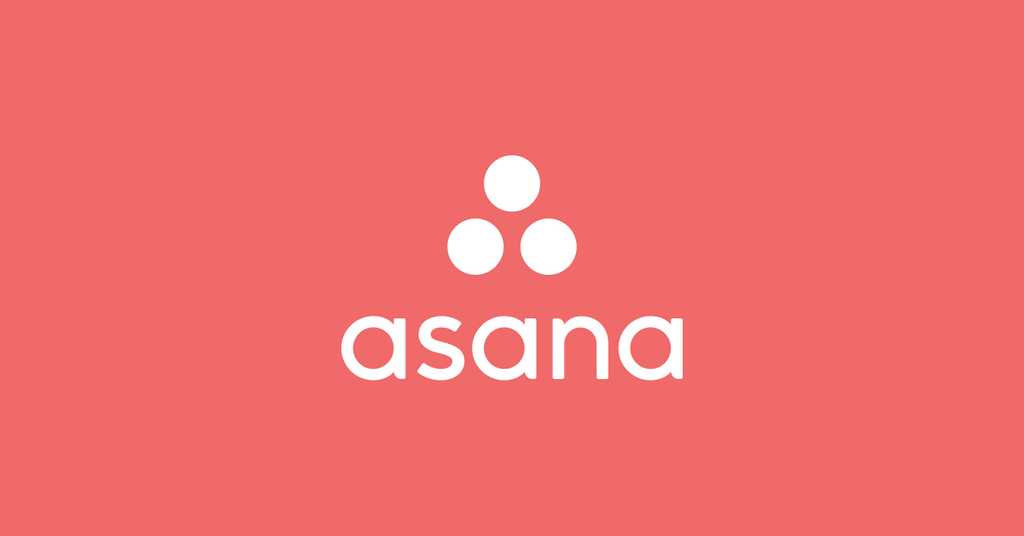
Asana Watch Webhook Events Integration
$0.00
Understanding the Asana Watch Webhook Events Integration Asana is a widely-used project management tool that helps teams plan, organize, and track work in a collaborative environment. Its API provides a powerful means for developers to extend and integrate Asana with other applications and services. One of the features offered by the Asana API ...
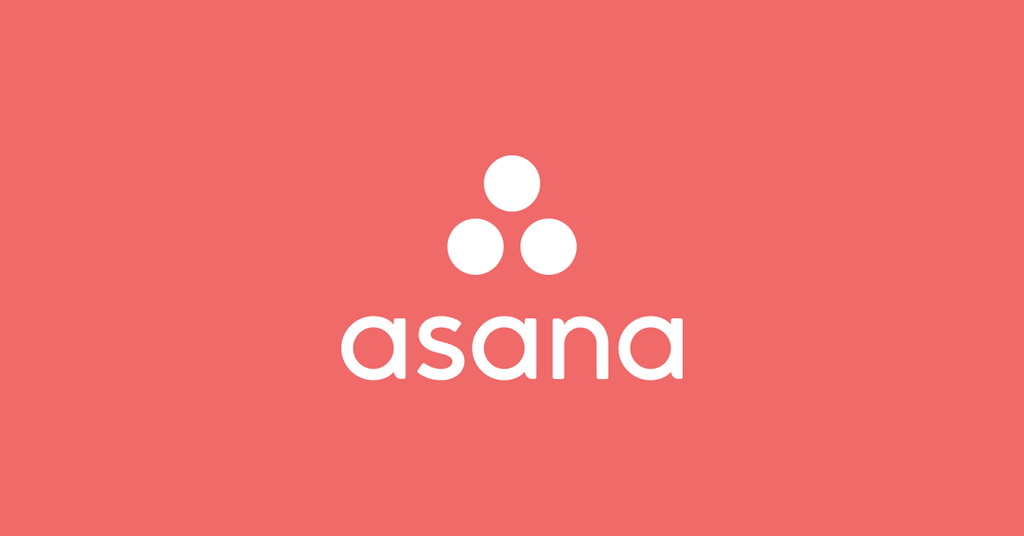
Asana Watch New Tasks Integration
$0.00
Understanding Asana Watch New Tasks Integration Asana Watch New Tasks Integration is an API endpoint designed to enable developers and users to create automated workflows that trigger actions when new tasks are created in Asana, a project management tool. This specific endpoint plays a crucial role in enhancing productivity and ensuring real-tim...
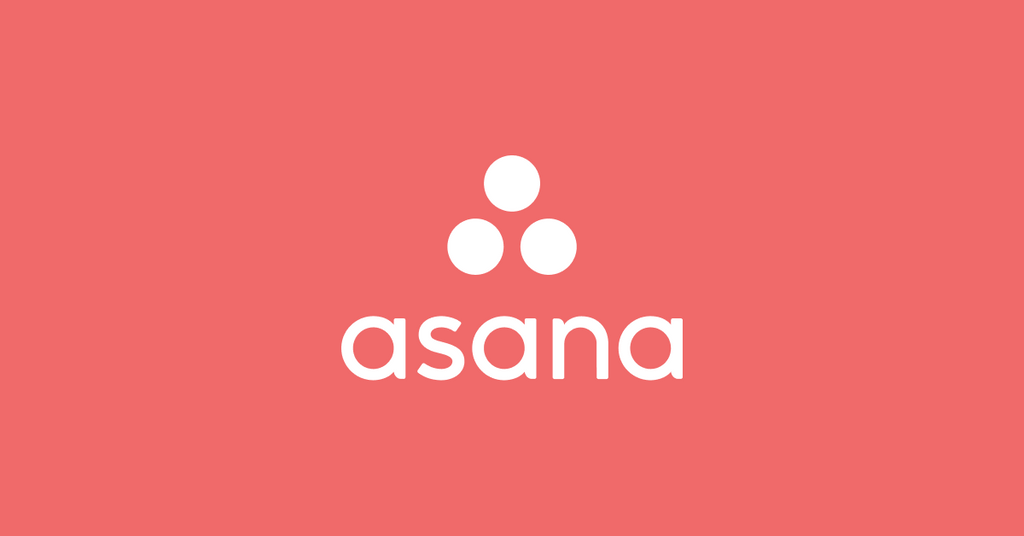
Asana Watch New Tags Integration
$0.00
Asana is a popular project management tool designed to help teams coordinate and track their work effectively. Within Asana, a 'tag' is a flexible way to label tasks, making them easier to sort, filter, and find across projects. For organizations and teams seeking to improve their efficiency and automate their workflows, the 'Asana Watch New Tag...

Asana Watch New Subtasks in a Task Integration
$0.00
Utilizing the Asana "Watch New Subtasks in a Task" Integration API Endpoint Asana is a project management tool designed to help teams organize, track, and manage their work. Many organizations use Asana to keep track of tasks, projects, and deadlines. As with any complex system, maintaining oversight and ensuring that all task dependencies are ...

Asana Watch New Stories Integration
$0.00
The Asana Watch New Stories Integration API endpoint is a feature that allows developers to integrate real-time notifications or updates into their applications whenever there is a new "Story" (a term used in Asana to refer to comments, descriptions, or updates to tasks) in an Asana project or task. Using this API endpoint, you can set up an au...
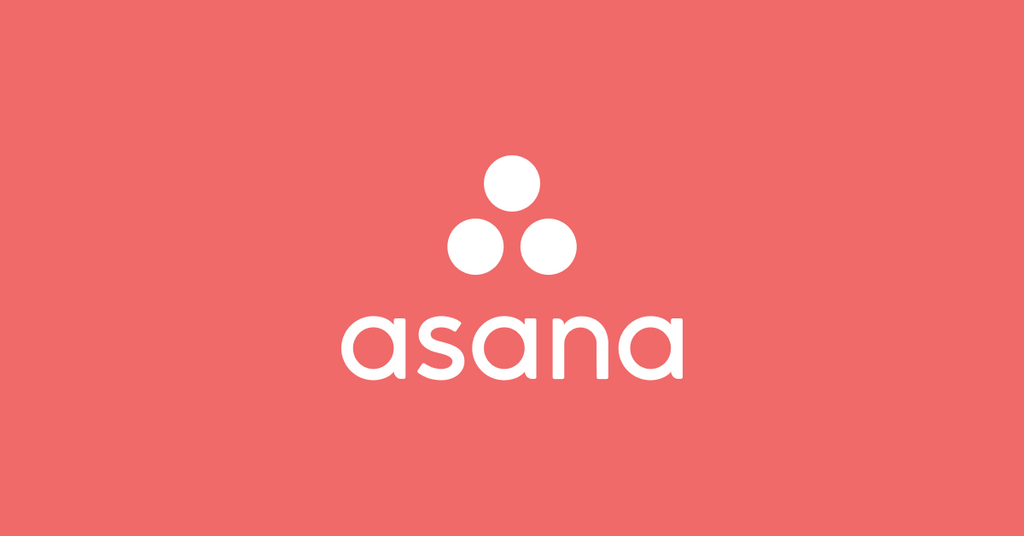
Asana Watch New Projects Integration
$0.00
Understanding the Asana "Watch New Projects" Integration API Endpoint The Asana "Watch New Projects" Integration API endpoint is a powerful tool that allows developers to programmatically track when new projects are created within Asana, a popular project management platform. This API endpoint can be used to integrate Asana with other software ...
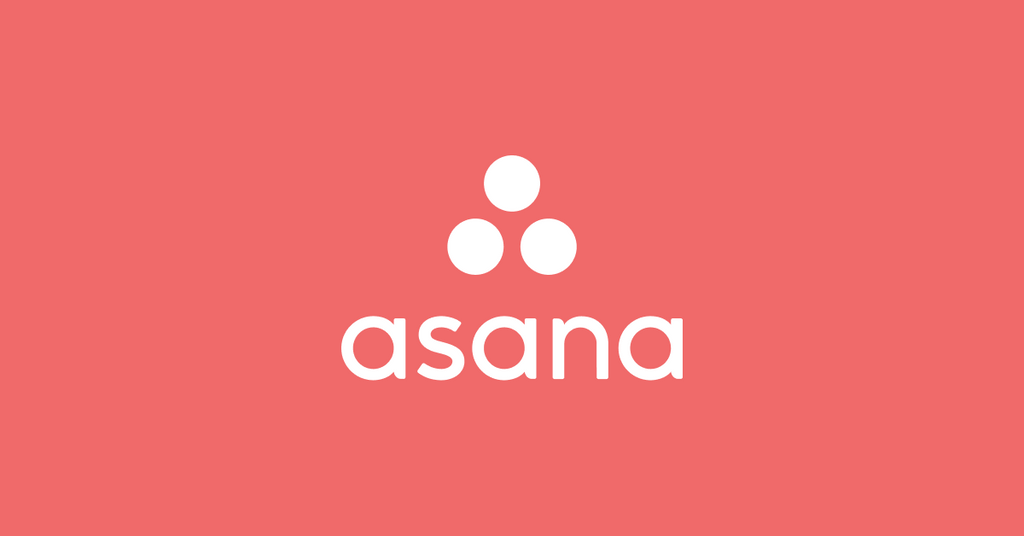
Asana Watch Completed Tasks Integration
$0.00
The Asana Watch Completed Tasks Integration API endpoint provides an interface for developers to monitor and interact with completed tasks within the Asana project management tool. By leveraging this API endpoint, developers can create systems or applications that automatically trigger actions or notifications when tasks are marked as complete i...
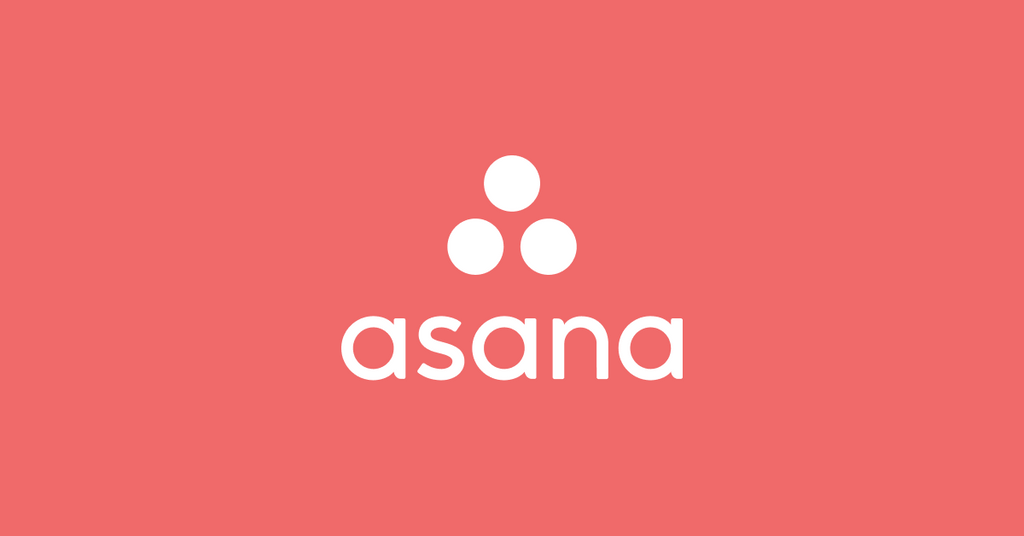
Asana Upload an Attachment Integration
$0.00
Asana is a popular project management tool that enables teams to organize, track, and manage their work. The Asana API allows developers to integrate Asana's functionalities with other applications or create new tools that require Asana's capabilities. One such feature available through the Asana API is the ability to upload an attachment to a t...
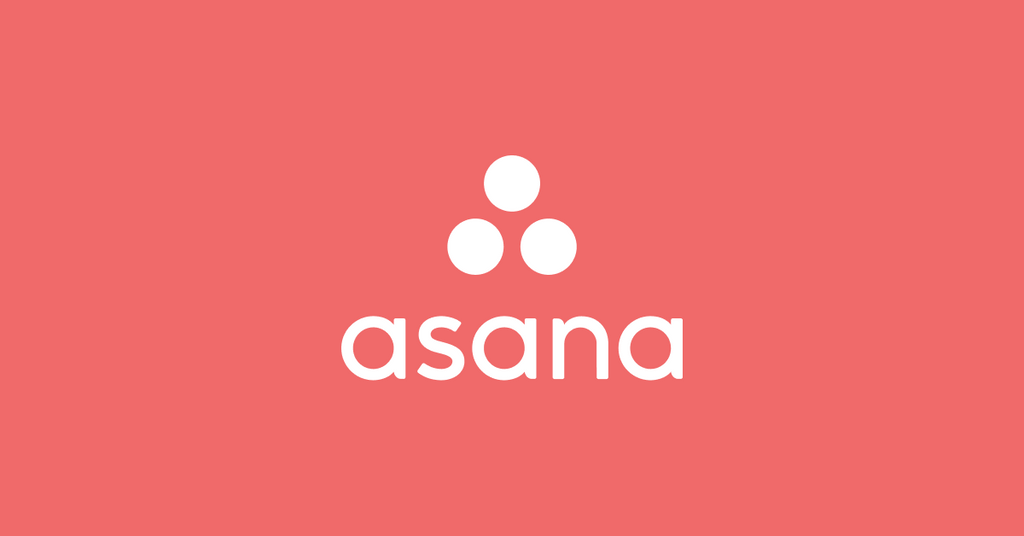
Asana Update a Workspace's Users Integration
$0.00
The Asana Update a Workspace's Users Integration API endpoint is a useful feature for developers and organizations that use Asana, a popular project management tool, to manage their tasks, projects, and workflows. This API allows for the programmatic updating of user settings and permissions within a specific workspace in Asana. Using this API ...

Asana Update a Task's Tag Integration
$0.00
What can be done with the Asana Update a Task's Tag Integration API endpoint? The Asana Update a Task's Tag Integration API endpoint allows developers to programmatically add or remove tags from tasks in Asana, which is a project management tool. Tags in Asana are used to categorize tasks, making it easier for team members to sort, filter, and ...
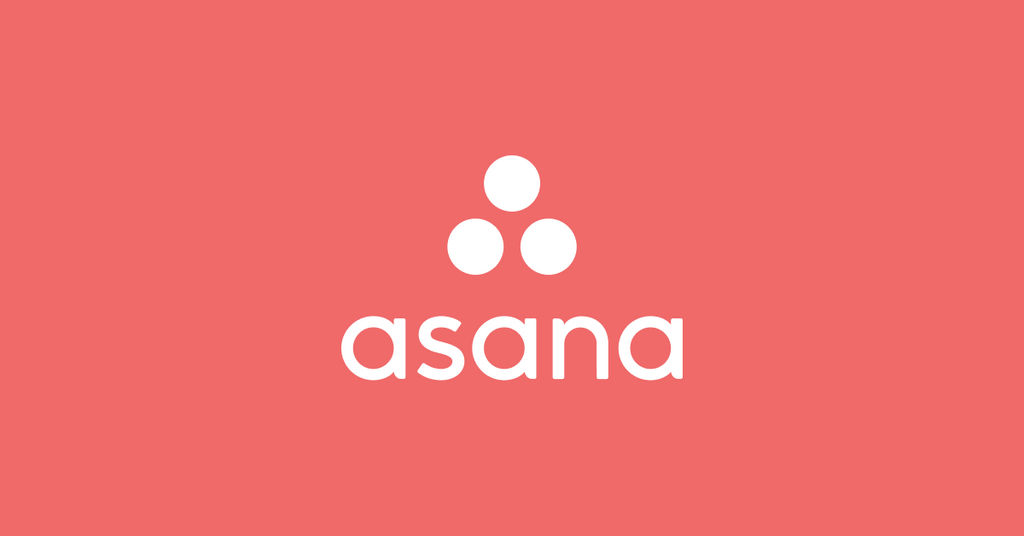
Asana Update a Task's Parent Integration
$0.00
```html Asana Update a Task's Parent Integration Explanation Understanding the Asana Update a Task's Parent API Endpoint Asana is a popular project management tool used by teams to organize, track, and manage their work. One of the core features of Asana is the ability to create tasks and subtasks, establishing a ...
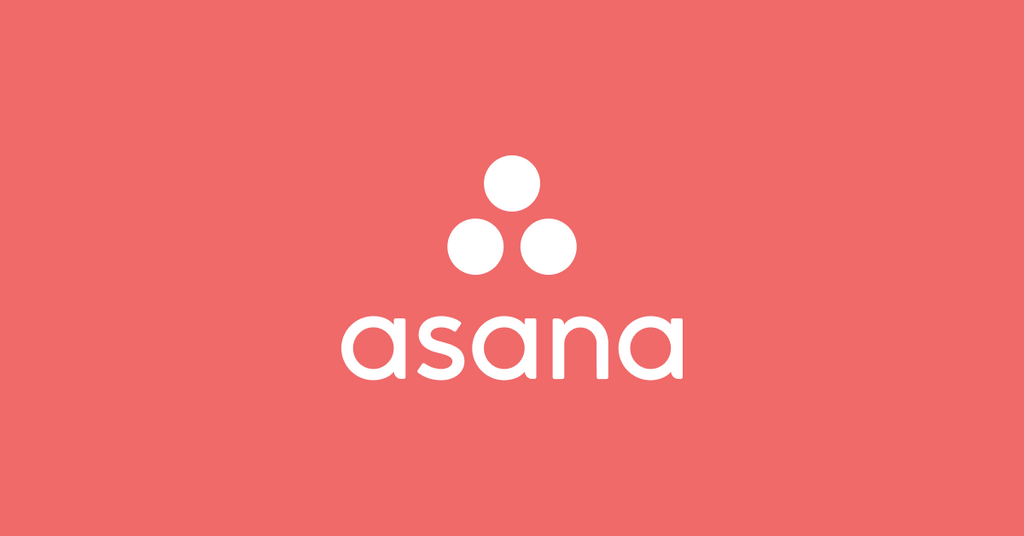
Asana Update a Task's Followers Integration
$0.00
Asana Update a Task's Followers Integration Understanding the Asana Update a Task's Followers API Endpoint The Asana platform offers a range of API endpoints that enable developers to enhance productivity by integrating Asana's functionalities into third-party applications. One such capability is provided by the "Update a Task's Followers" ...
Collections
- 0CodeKit Integrations
- Accounting
- ACH Processing
- Active Campaign
- Ai Automations and Integrations
- Aircall
- All Integrations
- Annuities
- ATS
- Auto & Home
- BI and Analytics
- Brand Management
- Bullhorn Integration Endpoints
- Business Infrastructure
- Business Operations
- Business Retirement Plans
- Business Systems
- Card Access
- CCaaS
- Clio Integrations
- Cloud Services
- Connectivity, MPLS, Private Line
- Cost Reduction
- CPaaS/SIP
- Customer Relationship Management
- Data Center
- Developer Platforms
- Development
- E-Commerce
- E-Commerce Software
- eREIT
- Field Service Automations and Integrations
- Finance Automations and Integrations
- Financial
- Fire Alarm Systems
- Fleet Tracking
- FTP Hosting
- Gift Card & Loyalty
- Google Sheets
- Graphic Design
- Health
- Healthcare Software
- HR and HCM Automations and Integrations
- HR Software
- Human Resources
- Implemenation
- Insurance
- Integrate RingCentral With Monday.com
- Integrations
- International
- Intrusion Systems
- Investments
- Invoicing
- Invoicing and Contract Software
- Lead Generation
- Learning Management
- Legal
- Legal Services
- Long Term Care
- Managed Investments
- Managed Services
- Marketing
- Marketing
- Marketing Automations and Integrations
- Micro Funding
- Mobile Payments
- Mobility/IoT
- Monday.com Integrations
- Mutual Funds
- Other
- Others Software
- Outsourced Sales
- Pay Per Click
- Payment Processing
- Payroll
- Phone Systems
- Photography
- Pre-Paid Legal
- Print & Promotional
- Process Implementation
- Product Management
- Productivity
- Productivity & Efficiency Improvement
- Project Management
- Recuritment
- Recurring Payments
- RingCentral Integrations
- Sales Software
- Sales Training
- SD-WAN
- Search Engine Optimization
- Security
- Security and IT Management
- Security Systems
- Sling Scheduling Features
- SMS Communication
- Social Media
- Social Media Management
- Telecommunications Automations and Integrations
- Term Life
- Top Products
- Twilio Integrations
- UCaaS
- Video Conferencing
- Video Production
- Video Surveillance
- Web Development
- Web Hosting
- Webinar & Screen Sharing
- Workflow Training
- Zoho
- Zoho CRM Integrations
- Zoho Email & Collaboration
- Zoho Finance
- Zoho HR
- Zoho Legal
- Zoho Marketing
- Zoho Sales
- Zoho Service
- Zoho Suites
Brands
-
Liquid error (snippets/sidebar-collection line 199): internal



























